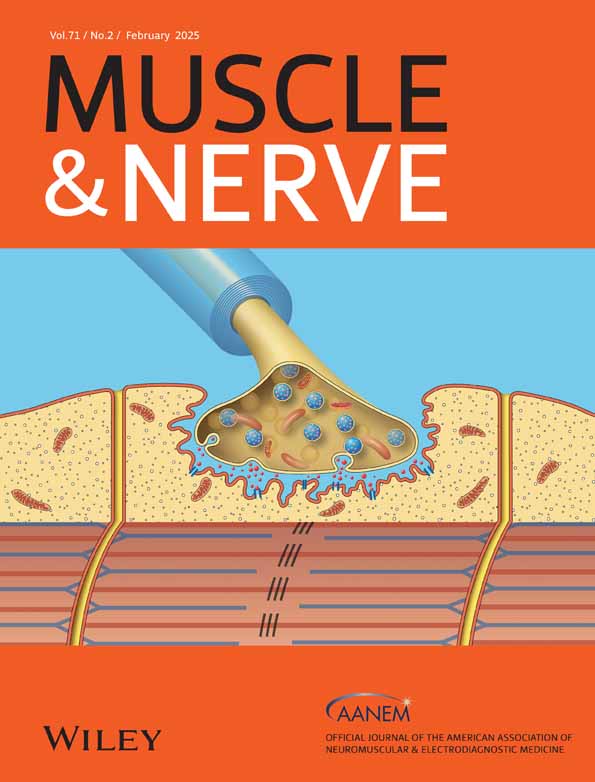Mortality Trends and Causes of Death in Myotonic Dystrophy Type 1 Patients From the UK Clinical Practice Research Datalink
Funding: This work was supported by the Intramural Research Program of the Division of Cancer Epidemiology and Genetics, National Cancer Institute, National Institutes of Health, USA. H.L. receives support from the Canadian Institutes of Health Research (Foundation Grant FDN-167281), the Canadian Institutes of Health Research and Muscular Dystrophy Canada (Network Catalyst Grant for NMD4C), the Canada Foundation for Innovation (CFI-JELF 38412), and the Canada Research Chairs Program (Canada Research Chair in Neuromuscular Genomics and Health, 950-232279).
ABSTRACT
Introduction/Aim
Patients with myotonic dystrophy type1 (DM1) have reduced lifespan. This study aimed to quantify mortality risks, and evaluate causes and time trends in DM1.
Methods
We identified 1021 DM1 patients and 15,104 matched DM1-free controls from the United Kingdom (UK) Clinical Practice Research Datalink. We used Cox proportional hazards regression models to assess differences in all-cause or cause-specific mortality between DM1 patients and matched controls, and computed standardized mortality ratios (SMRs) for comparisons of DM1 patients with the UK general population.
Results
DM1 patients were at higher risk of death compared with matched DM1-free controls (hazard ratio [HR] = 2.9, 95% confidence interval [CI] = 2.5–3.4) or the general UK population (SMR = 8.1, 95% CI = 7.3–9.1). The excess risk was primarily attributed to deaths from respiratory failure (HR = 26.7, p < 0.001), aspiration pneumonia (HR = 15.8, p < 0.001), arrythmia, and conduction defects (HR = 15.7, p < 0.001). No mortality risk difference between DM1 patients and matched DM1-free cohort was noted for all cancers combined (p = 0.52). No significant calendar time-related changes in overall survival were seen for DM1 patients (p trend = 0.19). In mortality cause-specific analysis, and compared with patients diagnosed before 1993, death from cancer was on the rise (HR = 2.35, and 5.82 for patients diagnosed 1993–2003, and 2004–2016).
Discussion
Most DM1 patients died of known disease complications. This highlights the need for integrated clinical approaches with more careful and frequent monitoring.
Conflicts of Interest
The authors declare no conflicts of interest.
Open Research
Data Availability Statement
The data used in this study are administered by the United Kingdom Clinical Practice Research Datalink; access to CPRD data is subject to protocol approval by the Independent Scientific Advisory Committee (https://cprd.com/research-applications). All relevant data and methods are reported in the article.




